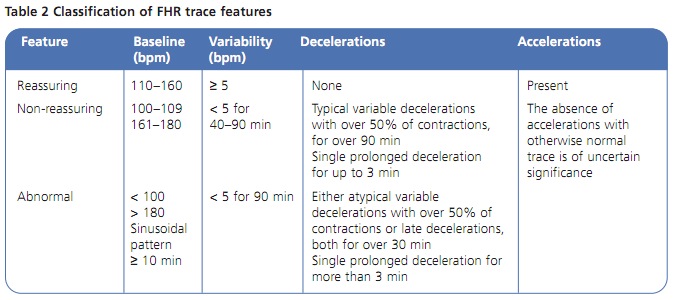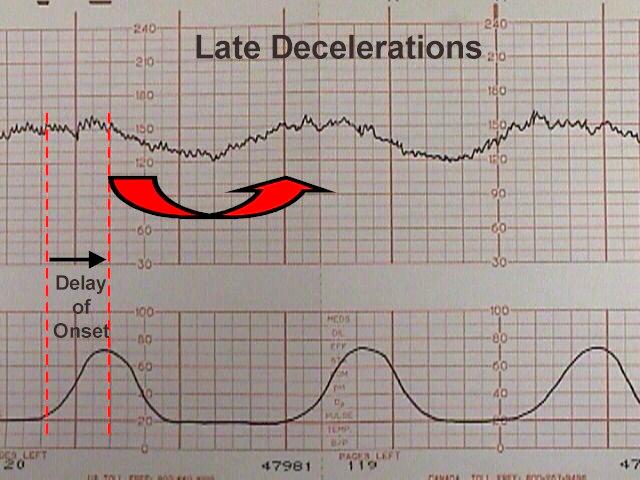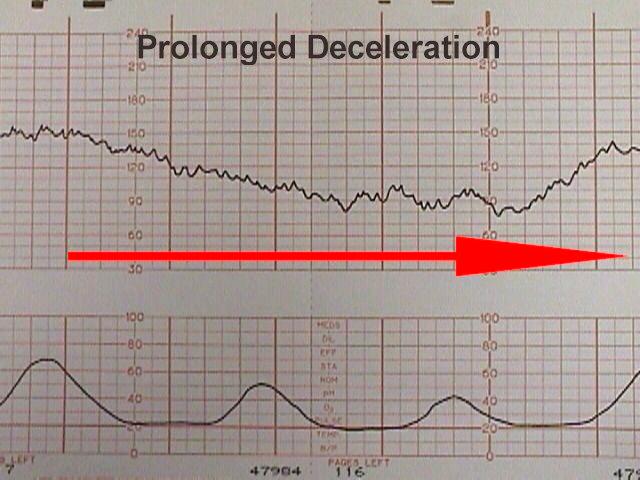Obstetric history taking has a number of questions that are not part of the standard history taking format and therefore it’s important to understand what information you are expected to gain when taking an obstetric history. Check out the obstetric history taking mark scheme here.
Introduction
Introduce yourself – name / role
Confirm patient details – name / DOB
Explain the need to take a history
Gain consent
Ensure the patient is comfortable
Presenting complaint
It’s important to use open questioning to elicit the patient’s presenting complaint
“So what’s brought you in today?” or “Tell me about your symptoms”
Allow the patient time to answer, trying not to interrupt or direct the conversation
Facilitate the patient to expand on their presenting complaint if required
“Ok, so tell me more about that” “Can you explain what that pain was like?”
History of presenting complaint
Ask the following questions for each symptom the patient is experiencing.
Onset – when did the symptom start? / was the onset acute or gradual?
Duration – minutes / hours / days / weeks / months / years
Severity – e.g. if symptom is vaginal bleeding – how many sanitary pads are they using?
Course – is the symptom worsening, improving, or continuing to fluctuate?
Intermittent or continuous? – is the symptom always present or does it come and go?
Precipitating factors – are there any obvious triggers for the symptom?
Relieving factors – does anything appear to improve the symptoms
Associated features – are there other symptoms that appear associated e.g. fever / malaise?
Previous episodes – has the patient experienced this symptoms previously?
Key symptoms to ask about in a pregnant patient
- Nausea / vomiting – if severe may suggest hyperemesis gravidarum
- Abdominal pain – may suggest the need for imaging
- Vaginal bleeding – fresh red blood / clots / tissue
- Dysuria / urinary frequency – urinary tract infection
- Fatigue – may suggest anaemia
- Headache / visual changes / swelling – pre-eclampsia
- Systemic symptoms – fever / malaise
Ideas, Concerns and Expectations
Ideas – what are the patient’s thoughts regarding their symptoms?
Concerns – explore any worries the patient may have regarding their symptoms
Expectations – gain an understanding of what the patient is hoping to achieve from the consultation
Summarising
Summarise what the patient has told you about their presenting complaint.
This allows you to check your understanding regarding everything the patient has told you.
It also allows the patient to correct any inaccurate information and expand further on certain aspects.
Once you have summarised, ask the patient if there’s anything else that you’ve overlooked.
Continue to periodically summarise as you move through the rest of the history.
Signposting
Signposting involves explaining to the patient;
- What you have covered – “Ok, so we’ve talked about your symptoms”
- What you plan to cover next – “Now I’d like to discuss your past medical history”
History of the current pregnancy
Is this the patient’s first pregnancy?
How was the pregnancy confirmed? – home testing kit / hCG blood test / ultrasound scan
Last menstrual period (LMP) – first day of the LMP
Was the patient using contraception? – are they still? (e.g. COCP / implant / coil)
Estimated date of delivery (EDD) – estimated by scan or via dates (LMP + 9 months + 7 days)
Did the patient take folic acid during the first trimester?
Any other scans or tests whilst being pregnant? – dating scan / anomaly scan
- Growth of fetus – within normal limits?
- Placental location – placenta praevia may alter delivery plans
Fetal movements – usually experienced at around 18-20 weeks gestation
Labour pains – more relevant in the third trimester
Planned method of delivery – vaginal / C-section
Medical illness during pregnancy – if so are they taking any medications?
Previous obstetric history
Gravidity – defined as the number of times a woman has been pregnant regardless of the outcome
Parity – X = (any live or stillbirth after 24 weeks) | Y = (number lost before 24 weeks)
Details of each pregnancy:
- Date of delivery
- Length of pregnancy
- Singleton / twins / or more?
- Spontaneous labour or induced?
- Mode of delivery
- Weight of babies
- Current health of babies
Complications of previous pregnancies:
- Antenatal – IUGR / hyperemesis gravidarum / pre-eclampsia
- Labour – failure to progress / perineal tears / shoulder dystocia
- Postnatal – postpartum haemorrhage / retained products of conception
Miscarriages / terminations – needs to be asked sensitively in an appropriate setting
Gynaecological history
Previous cervical smears – when? / results?
Previous gynecological problems and treatments – STDs / PID / Ectopic pregnancy
Current contraception – COCP / POP / Depot / Implant / Implanted uterine device
Gynaecological surgery:
- Loop excision of transitional zone (LETZ) –↑ risk of cervical incompetence
- Previous C-sections – ↑ risk of uterine rupture / placenta accreta /adhesions
Past medical history
Relevant medical conditions
- Thromboembolic disease – high risk for further events in following pregnancy
- Diabetes – tight glycaemic control is essential – risk of congenital defects / macrosomia
- Epilepsy – some antiepileptics are teratogenic – needs neurology input
- Hypothyroidism – TFTs need close monitoring – risk of congenital hypothyroidism
- Previous pre-eclampsia– higher risk to develop it in the current pregnancy
Other medical conditions
Any hospital admissions?– when and why?
Surgical history – previous abdominal and gynaecological surgery of relevance
Immunisations up to date?
Drug history
Pregnancy medications:
- Folic acid
- Iron
- Antiemetics
- Antacids
Teratogenic drugs:
- ACE inhibitors
- Sodium valproate
- Methotrexate
- Retinoids
- Trimethoprim
Document all regular medications
Over the counter drugs – ensure nothing is unsafe / teratogenic
ALLERGIES
Family history
Inherited genetic conditions – cystic fibrosis
Pregnancy loss – recurrent miscarriages in mother and sisters
Pre-eclampsia – in mother or sister – increased risk
Social history
Smoking – can cause intrauterine growth restriction
Alcohol – How many units a week? – can cause fetal alcohol syndrome
Recreational drug use – cocaine use can cause placental abruption
Living situation:
- House / flat – stairs / adaptations
- Who lives with the patient? – important when considering discharging home from hospital
- Any carer input? – what level of care do they receive?
Activities of daily living:
- Is the patient independent and able to fully care for themselves?
- Can they manage self hygiene / housework / food shopping?
- Is the pregnancy interfering with these daily activities?
Occupation – light duties / maternity leave
Systemic enquiry
Systemic enquiry involves performing a brief screen for symptoms in other body systems.
This may pick up on symptoms the patient failed to mention in the presenting complaint.
Some of these symptoms may be relevant to the diagnosis (e.g. vomiting in hyperemesis gravidarum).
Choosing which symptoms to ask about depends on the presenting complaint and your level of experience.
Cardiovascular – Chest pain / Palpitations / Dyspnoea / Syncope / Orthopnoea / Peripheral oedema
Respiratory – Dyspnoea / Cough / Sputum / Wheeze / Haemoptysis / Chest pain
GI – Appetite / Nausea / Vomiting / Indigestion / Dysphagia / Weight loss / Abdominal pain / Bowel habit
Urinary – Volume of urine passed / Frequency / Dysuria / Urgency / Incontinence
CNS – Vision / Headache / Motor or sensory disturbance/ Loss of consciousness / Confusion
Musculoskeletal – Bone and joint pain / Muscular pain
Dermatological – Rashes / Skin breaks / Ulcers / Lesions
Closing the consultation
Thank patient
Summarise the history


























